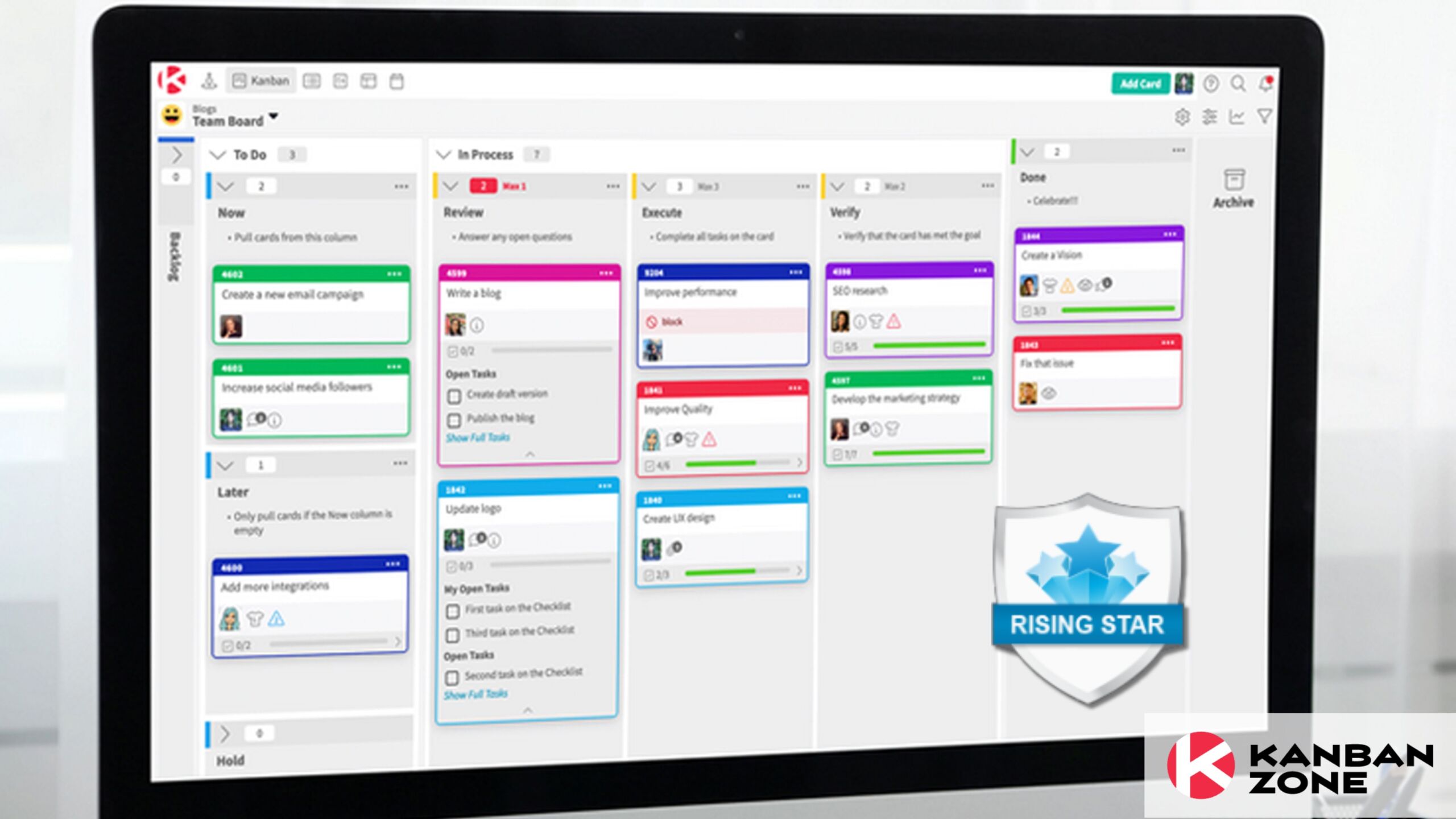
Tech giants such as Netflix, Amazon, Walmart, Google, and many more have already attained success in using DevOps for their growth. Many organizations are trying to follow their strategies, but still fail to reach up to their level.
It is because just using their DevOps technology isn’t enough. Using digital strategies along with DevOps best practices is also important. Implementing such strategies can give businesses a competitive edge in the market.
In the last few years, DevOps has gotten a major appreciation in this IT industry. Professional experts have already moved forward to implement it in their organizations, leaving behind the old methodologies and working for an automatically synced world.
However, when DevOps is implemented improperly, it might create hazards. So, in this article, we will learn about primary DevOps challenges and what measures you need to take to solve them.
Importance of DevOps
DevOps means Development + Operations. It is the pinnacle technology that every team is trying hard to implement well as companies try to shift from the traditional waterfall model to Agile, iterative, and modern DevOps methods.
DevOps generally shifts the primary focus from development to strong delivery. This change can look minor, but it makes a crucial distinction. DevOps is about cultural shifts and not just technical parts. A DevOps mindset puts emphasis on teamwork and open communication between the team.
There are estimations that the DevOps market may generate $57.90 billion by 2030 ending with a CAGR of 24% starting from 2021.
In simple words, DevOps helps in simplifying complex and manual procedures into one fine-tuned methodology that improves speed, minimizes human errors, provides better productivity, and improves scalability.
Generally, DevOps architecture when used correctly makes a significant influence on your company by maintaining important business operations of your organization while improving their efficiency.
Now let’s understand the DevOps challenges and their solutions.
DevOps Challenges and Their Solutions
DevOps is easy. What’s hard is its effective implementation. With the increasing popularity of DevOps, businesses are rushing to use Kanban, Jenkins, Kubernetes, & Docker, but are hardly noticing the real problem.
Training your staff to leverage the latest tools guarantees very little chance of DevOps success. Instead, the real challenge lies in not knowing which process can become your next hurdle or how you could overcome it.
With that thought, let’s see some of the popular DevOps challenges along with their solutions.
Top DevOps Challenges
Environment Inconsistency
When different teams are working on building the same codebase, the development process can be very time-consuming. Because different aspects of that codebase would be created by different teams under different environments. This inconsistency of environments gives way to many problems like inconsistent development, inconsistency in the code and so on.
Quick Solution
To remove such a technical challenge, the DevOps team has to ensure that every environment is identical by making blueprints of infrastructure & implementing CD (continuous delivery).
However, the involved team has to draw some lookalike blueprint for performing the DevOps procedure and launch a CD to work in the same environment.
Team Competence and Maturity Challenges
The height of competence and maturity of the software development team about the SDLC is directly related to their skills and ability to adapt the DevOps technology and transformation.
One main reason why people are adopting DevOps is that it needs to deliver high-quality software in a shorter period and a subtly reliable manner. In a DevOps approach, the development process and operations are integrated with an aim to build quality software for the customer on time.
Quick Solution
Organizations that are adopting DevOps have to get the latest and suitable technologies and tools for the project. They should also invest in training and upskilling their employees. A strong DevOps environment will need the following steps:
- A robust DevOps environment prevents the team members from working alone in silos as it encourages collaboration and communication in the team.
- Creating the latest interactions points towards the increase of inter-organization communication.
- Frequent feedback collection from partners to enhance the processes and pipelines.
- Use accurate metrics for guiding DevOps improvement and adaptation.
DevOps Operability
Shifting to the latest DevOps models frequently requires adopting a different approach to operations. Many organizations have operations teams that are accustomed to working with apps that are outdated. In a company that is required to move along with the modern market trends, its operations team must provide proper support to the delivery of the app.
The operations team would also need a variety of skills for supporting a software that is being delivered like a service. SaaS is always deployed frequently and updated regularly.
With DevOps methodology, the efficiency operations are simplified yet their efficiency is increased.
Many companies focus only on taking care of the infrastructure. But, when using a DevOps process, developers have to access the tools such as web & mobile analytics, logging solutions, app performance monitoring, notification tools, and advanced alerting.
Quick Solution
Companies have to check on their operational tools and processes and modernize the architecture they are using for delivering the app to improve transparency and agility. Moreover, processes like problem management, change management, incident management, request management, and others are frequently required to improvise and revise in the constantly changing environment. It helps in ensuring enhanced transparency and agility.
DevOps Governance
When we are discussing DevOps challenges and their solutions, you should be aware of the fact that each governance of DevOps can turn into a problematic challenge. In the initial stage, DevOps might seem to be a process that moves on and puts the live atmosphere at risk to a process that is about to start. But it’s not the reality.
DevOps has strict governance policies for mandating how a team can access production resources. The SLAs Service Level Agreements easily explain the update control processes and also setup for different systems. It turns out to be challenging for organizations that use DevOps.
Quick Solution
To prevent this challenge, the DevOps should be implemented only after the team has gained an in-depth understanding of its functions and policies. Armed with necessary knowledge and skills, you can easily move on with DevOps deployment.
Monitoring the whole DevOps process can be challenging
This can be one of the most challenging tasks in DevOps and it can holistically affect the range of time required to complete the process. It is because the team has to monitor the whole process. With DevOps, there are multiple moving parts and every part has its different metrics for measuring their effectiveness.
For instance, a metric such as code branch number, or frequency of deployment might have to deal with CI/CD procedure. But things like DER (Defect Escape Rate) can be part of the continuous testing process.
On a frequent basis, there’s a lack of accurate visibility on the whole process and often it leads to delays and finger-pointing in the production process. In the majority of manual processes, there is the need for extensive labor along with risks of inaccurate updates because of human errors.
Quick Solution
In the process of continuous monitoring, tools like Nagios Core helps with an easy and continuous overview of different apps, services, metrics, network, etc. It also allows the users to keep a bird’s eye on the infrastructure and search for critical errors.
You also get useful services for altering or resolving such DevOps challenges and providing you with an amazing range of flexibility, scalability, and much more. It also gives solutions for date logs of DevOps events such as code crashes, system outages, failures, and much more.
With this automated viewport, the teams can come to know what is wrong, where is the problem, and what changes will have to be made to correct the challenges.
Final Verdict
These are some of the most faced DevOps challenges. We have also provided relevant solutions to these errors. However, there might occur some situations where you’ll have to ask for help from your fellow DevOps techies. In case of any doubt, it’s always best to consult Agile professionals to find out how you can best implement DevOps for your business operations.
Table Of Contents
Discover many more posts…







